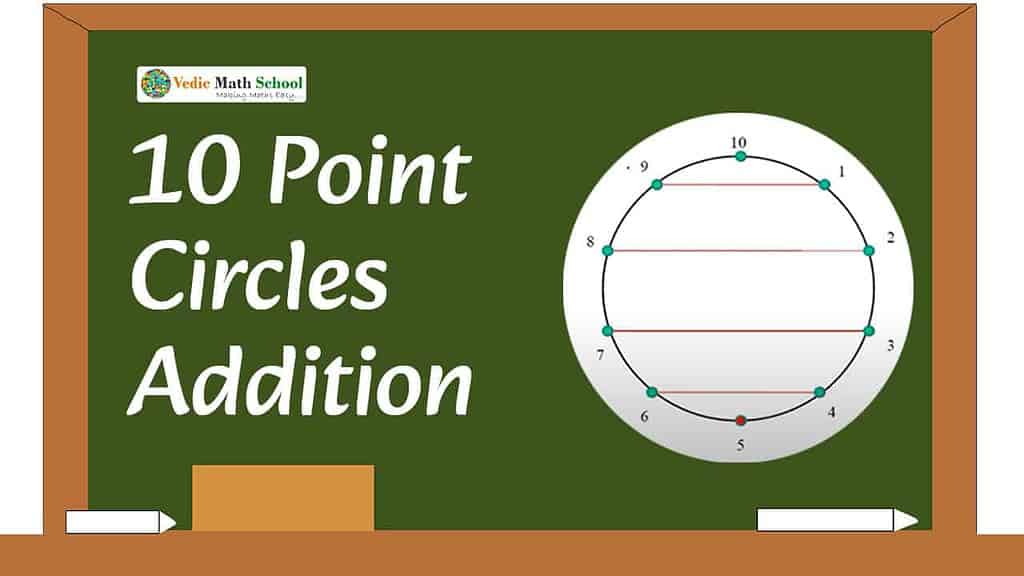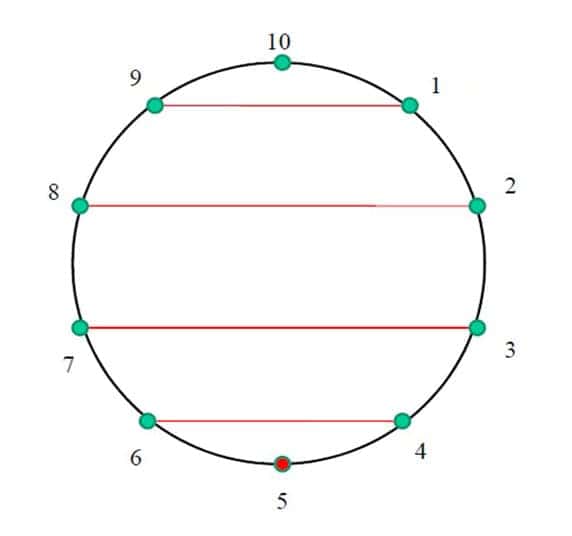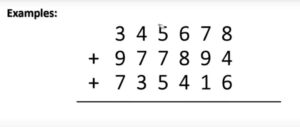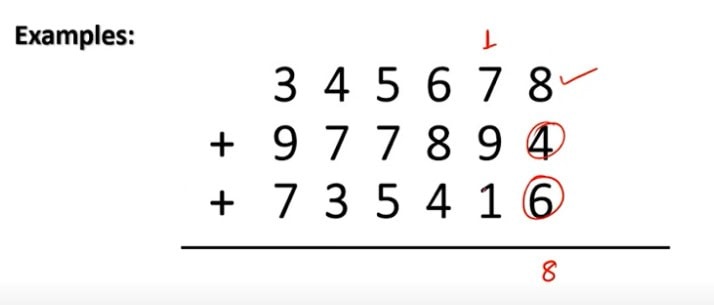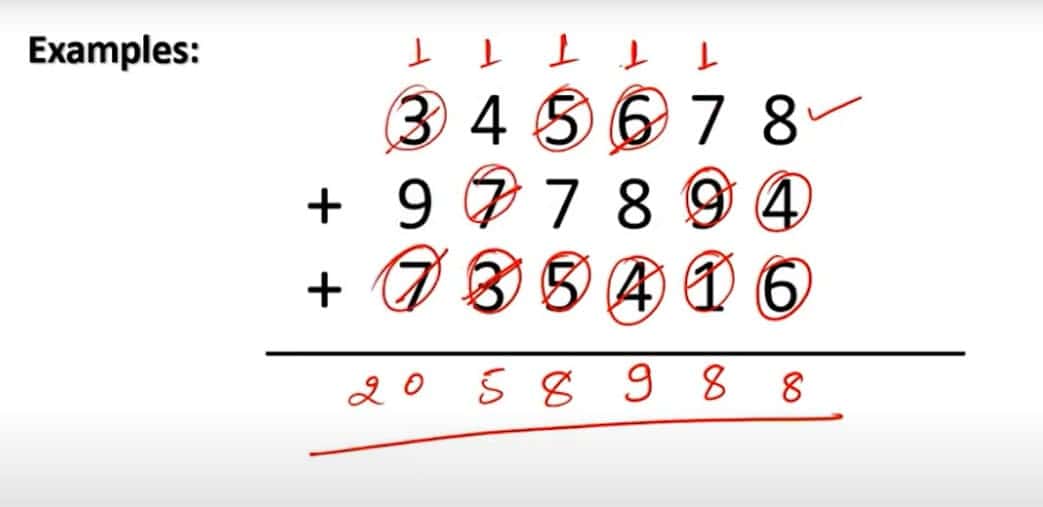Hello Students, Today we are going to discuss Addition. We all know it’s easy, right? but here we are going to make it super easy and you will solve it mentally by using the Ten Point Circle Concept of Vedic Maths.
Vedic Maths is all about making calculations quicker, and easier and helping you get the answer mentally. In this article, we’ll dive into how the Ten Point Circle Method works, why it’s so powerful, and how you can use it to speed up your maths calculations. Plus, it’s fun to learn!
Let’s break it down.
What is the Ten Point Circle Method in Vedic Maths?
Imagine a clock, but instead of hours, you have the numbers 1 through 10 arranged in a circle. That’s the Ten Point Circle. It’s a simple but clever way to visualise numbers and their relationships. The magic of this circle lies in how it shows complementary pairs of numbers that add up to 10.
Ten Point Circle should look like this:
In the Numbers 1 to 10, there are five pairs of numbers whose summation is 10. Like:
1 + 9 = 10
2 + 8 = 10
3 + 7 = 10
4 + 6 = 10
5 + 5 = 10 (which complements itself!)
Video Tutorial:
If you are a person like me, who prefers video over text, we have a details step-by-step video tutorial for you, you can come along and watch the following video.
Video 1
Here I also create these details step-by-step articles to explain the topic more easily, you will find this tutorial article worth reading. At the end of the article, I also included a Practice Questions Set that you can solve using the Ten Point Circle method after learning. Go ahead.
Step-by-Step Process:
Using this circle, we can quickly find complements and use them to simplify math problems, especially Addition, Subtraction, and multiplication. Here, I am going to talk about adding numbers using the ten-point circle method.
The trick is to look for numbers in pairs that make a multiple of 10 as we can see in the following example.
Example 1: You are asked to add 7, 5, 3, 15, 6 and 5.
Method 1: Conventional Method
If you go with the regular school method you will have to add this:
7 + 4 + 3 + 15 + 6 + 5 = 40
Hence the final result is 40.
Method 2: Vedic Method Using Ten Point Circle
We already discussed the number pairs earlier in the concept, and you know there are only five pairs in the numbers 1 to 10 to get the value 10. Here, you can look for pairs of numbers that make multiples of 10 as their result.
7 + 3 = 10
6 + 4 = 10
15 + 5 = 20
Now adding the result: 10+10+20=40
Hence the final result is again 40, but this was a lot easier to do in your head.
This method feels like a shortcut, doesn’t it?
You don’t have to deal with a long series of additions and can get the answer much faster. The Ten Point Circle makes it easier to calculate these kinds of problems without stress mentally.
Let’s take one more example:
Example 2: Add the Following Numbers:
Step 1: We will begin our addition from the rightmost side, looking for a friendly pair of numbers that add up to 10.
Step 2: In this example, 6 and 4 make 10 and 10 + 8 =18. So we will write 8 and take 1 into carry.
Step 3: We will now look for a pair among 7, 9 and 1 that makes 10 (9+1=10). Now we will add 1 and 9 i.e. 10 and then add 7 into it, making it 17 and 1 carry that we took previously, making it 18. So we will write 8 and take 1 in carry again.
Step 4: Now, In the Third Coulum, we will again follow the same approach. Look for a pair that makes 10, and add the remaining number into it.
So in our example 6 and 4 make 10, and 10 + 8 = 18 and adding a previous carry 1, making it 19. We write 9 and take 1 carry for the next step.
Step 5: Similarly, we follow these same steps to the 4th, 5th and 6th steps and we will get the answer.
This is the Process to Solve the Addition of any number using Ten point Circle where we opt for number pairs first and then we will add the remaining numbers into it. In other words, we can also say that the number pair is always a 10 so just add the other number into the ten and get the answer quickly.
The only difference between a normal conventional addition and the Ten Point circle method of addition is, that you have to find pairs that add up to 10. We will follow this until we get our results like this.
Note: In Some cases, you may not find the number pair, in that case, you will have to add the number using a different method, i.e. called as Dash Methods. We will learn that method in the next tutorial.
Why is This Method So Cool?
- It Helps You Spot Patterns: When you start using this technique, you’ll notice patterns in numbers that you may not have seen before. This deeper understanding of numbers is a great side effect of using Vedic Maths.
- It’s Super Fast: Once you get the hang of it, you can calculate products in seconds!
- It’s Easy on Your Brain: The method reduces the mental effort required to do multiplication, so it’s less tiring than traditional methods.
How Does the Ten-Point Circle Help with Mental Maths?
When you use this method regularly, you’re training your brain to spot complements and patterns quickly. This not only improves your multiplication skills but also sharpens your overall mental maths ability. It’s like giving your brain a workout!
You’ll soon find that you can apply the concept to other types of problems, especially when dealing with numbers close to a round figure like 10, 100, or 1000. Once you start thinking in terms of complements, it opens up new ways to approach problems that seemed tough before.
Practice Problem:
Q1. Add the Following Number, using the Ten point Circle Method.
2 4 6 7 9 +
Q2. There are Eight unique groups of three Numbers that sum to 10. Like
1 + 2 + 7 = 10
Similarly, can you find the other seven groups of three numbers summing to 10?
Solution:
For the solution to these problems, make sure you check out our video explanation of the Ten Point Circle Method by Vedic Math School on YouTube.
It’s Your Turn Now
The Ten Point Circle Method is a fantastic tool from Vedic Maths that makes multiplying numbers easier, faster, and a lot more fun. By using the power of complements, you can solve multiplication problems in seconds, without the need for long and tedious calculations.
If you enjoyed learning about the Ten Point Circle Method and want to dive deeper into the world of Vedic Maths, we’ve got more on our course Sign up for our Vedic Maths course to master these techniques and enhance your mental calculation skills, or subscribe to our YouTube channel for more easy-to-follow tutorials and tips.
